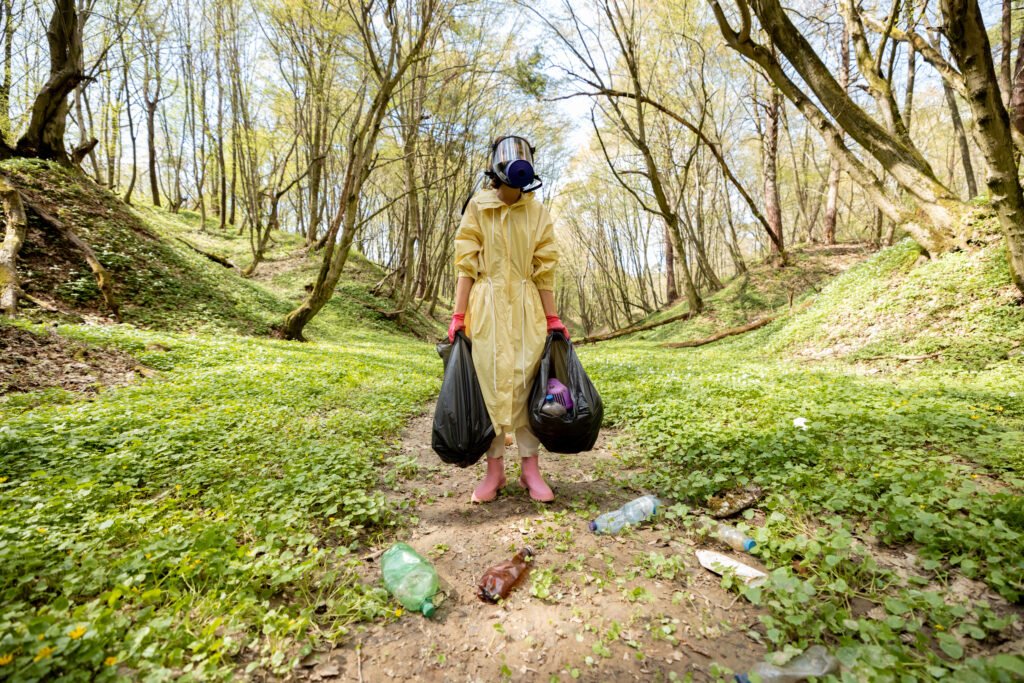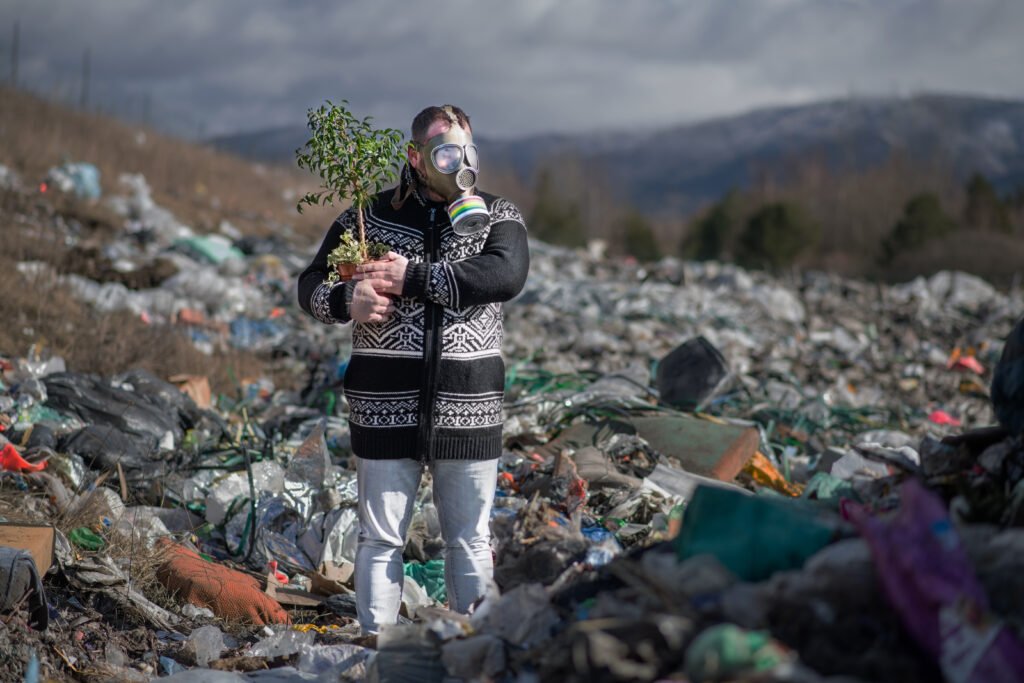21st-century art is not just about aesthetics but also a powerful tool for awareness and reflection. In a world marked by climate crises, pollution, and deforestation, contemporary artists use their works to address environmental collapse. This approach resonates with modern audiences and the rise of buying abstract art, as abstraction provides a sensory and emotional way to interpret global challenges.
The relationship between art and nature has always been strong, but today it has become more urgent. Immersive installations, performances, and abstract art pieces use bold colors and striking compositions to depict the consequences of human impact on nature.
Nature as a Central Theme in 21st-century art
According to the study Art and Climate Change from the University of Melbourne, published in 2020, contemporary art plays a key role in raising environmental awareness. Artists use recyclable materials, natural pigments, and experimental techniques to provoke reflection on the relationship between humans and the planet. This practice combines aesthetics, ecology, and innovation.

In 21st-century art, body and landscape merge to form powerful metaphors. Abstract artworks, for example, represent environmental disasters and climate change through textures evoking erosion, burnt forests, or polluted seas. This type of art not only captures attention but also drives the desire to buy art with meaningful and relevant messages.
The growing demand for artworks addressing environmental themes is boosting the market. Emerging artists are increasingly using digital platforms to sell their creations, making online art buying a practical and accessible alternative.
Art Market and Sustainability
The 21st-century art market has adapted to sustainability demands. International galleries and fairs, such as Art Basel and Frieze, highlight artists whose works focus on ecological issues. According to the Art Market 2023 report by UBS and Art Basel, nature- and climate-related works are among the most sought-after by collectors concerned with social causes.
Buying abstract art that explores environmental themes has become both a cultural and strategic choice. The best places to buy art now include online galleries with expert curators, connecting buyers to global artists.
The digital transformation has also made sustainable art more accessible. So, the ability to buy art online with verified authenticity has attracted a broader audience, particularly those interested in works that address urgent environmental challenges.
Abstract Art and the Emotional Impact of Environmental Collapse
Abstract art is one of the most powerful languages to convey the complexity of environmental collapse. By rejecting figurative forms, it evokes emotions that transcend rationality and invites viewers to confront the chaotic beauty and tragedy of the natural world. Vibrant colors, layered textures, and fragmented shapes echo the dissonance between human progress and ecological decline.
Artists such as Olafur Eliasson explore this intersection between art and nature through immersive installations that simulate climatic phenomena, allowing audiences to experience the fragility of the planet on a visceral level. For collectors, these pieces transcend mere aesthetic value; they are cultural testimonies and emotional investments, reflecting both contemporary anxieties and the hope for change.
As Nicolas Bourriaud highlights in Relational Aesthetics (2009), contemporary art thrives on dialogue and interaction. In the context of environmental collapse, this dialogue becomes a call to action.
Through the purchase and appreciation of abstract art, collectors and enthusiasts are not only acquiring a piece of beauty but also participating in a broader narrative about sustainability, responsibility, and the future of our shared world.



